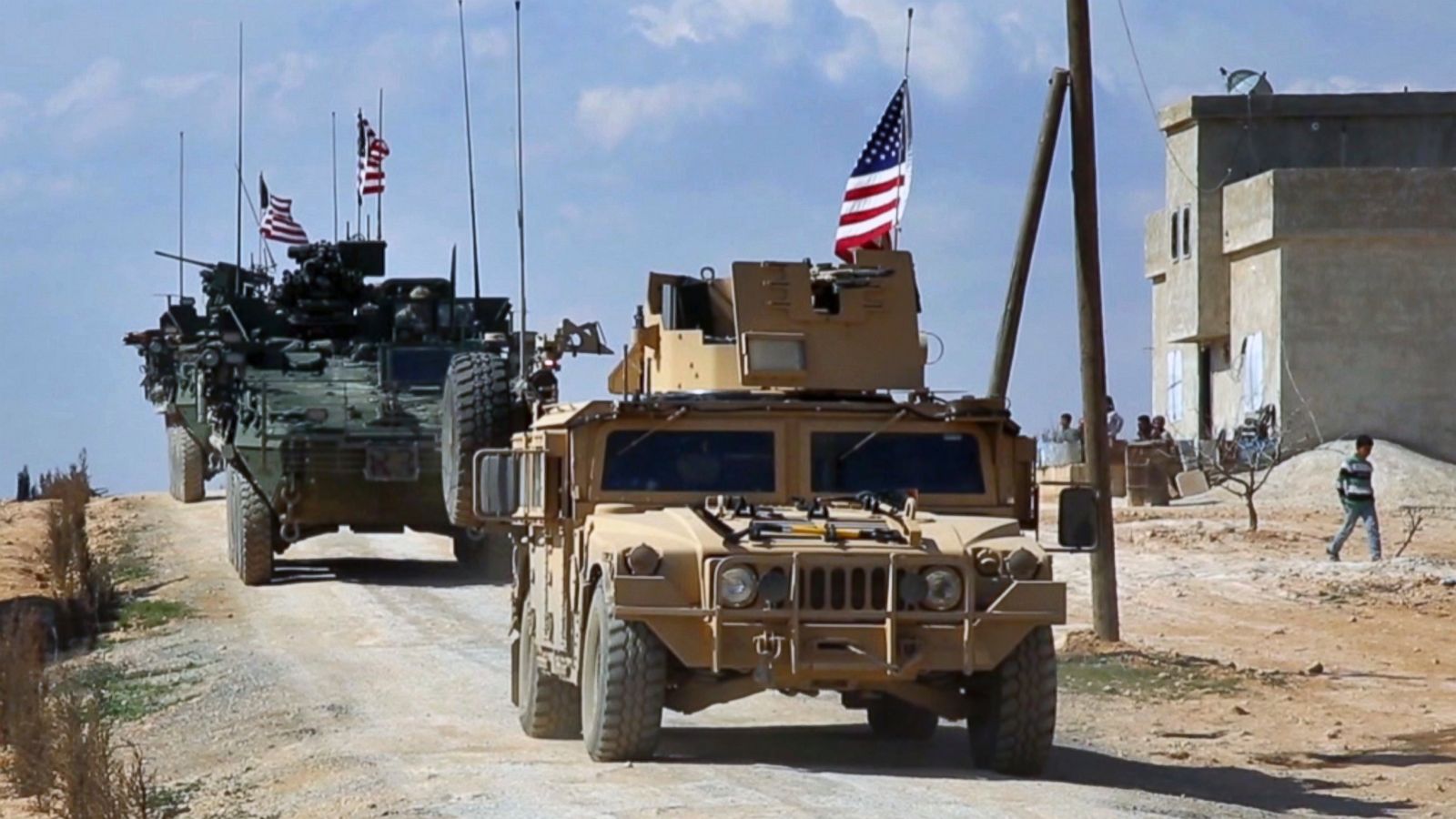
America’s role in Syria remains a complex balancing act, particularly in relation to its NATO ally Turkey and regional dynamics involving Iran. As Syria’s territory has become a strategic battleground for influence, Washington continues to navigate the intricate web of alliances, military commitments, and regional threats to maintain its interests and security in the Middle East.
Turkey’s role in northern Syria has increasingly become a point of contention for the US, particularly concerning Ankara’s actions against the Syrian Democratic Forces (SDF), a critical ally in efforts to counter Iranian influence and the remnants of ISIS. Washington has stipulated three major points to Turkey regarding its operations in Syria, which have strained the bilateral relationship.
The first and most contentious issue concerns targeting America’s strongest regional ally, the SDF. The SDF has been a primary military partner for Washington in Syria, especially after the fall of ISIS’s last stronghold in 2019. Turkey, however, views the SDF, which includes Kurdish YPG forces, as an extension of the Kurdistan Workers’ Party (PKK), a group considered a terrorist organization internationally, including by the United States. America’s continued support, including recent deliveries of advanced air defense systems to the SDF, has led to Turkish military actions against SDF positions, creating a flashpoint in US-Turkey relations.
Washington has officially been against the Turkish rapprochement with the Assad regime. Their policy opposes Erdogan’s overtures towards Assad, particularly given his alignment with Russia and Iran, two powers that fundamentally oppose American interests in the region. Washington fears that closer ties between Ankara and Damascus could undermine efforts to isolate the Assad regime and might embolden Russian and Iranian influence in Syria and beyond.
There is also concern that new Turkish military incursions into Syria would destabilize the current balance of power, potentially weakening US regional allies and disrupting American operations. Washington insists that Turkey refrain from further military actions, particularly those aimed at SDF-administered areas, as they could compromise broader strategic objectives in the region.
Despite ongoing tensions, America appears committed to maintaining its military presence in Syria for the foreseeable future. This presence, comprising around 900 troops, is essential for supporting their anti-ISIS operations and countering Iranian-backed militias, which continue to pose a significant threat to American forces and regional stability. However, the long-term outlook remains uncertain, with former US Ambassador to Syria, Robert Ford, suggesting that while the Biden administration is unlikely to withdraw troops soon, future administrations, especially under a potential Trump return, might reconsider this position.
Washington’s military strategy in Syria also involves securing regional assets against Iranian efforts to drive American forces out. Recent escalations, such as attacks on their bases in Syria and Iraq by Iranian-aligned militias, highlight the ongoing threat. Although Washington has refrained from significant retaliatory strikes, it has fortified its positions and remains vigilant against further aggression.
Iran is seen as the primary destabilizing force in Syria and the broader Middle East. Its support for militias in Syria, Iraq, and Lebanon poses a direct challenge to American interests and its allies, particularly Israel. The situation is further complicated by the ongoing conflict between Israel and Hezbollah, which has threatened to spiral into a wider regional war. Washington has expressed concern over the possibility of Iranian retaliatory strikes against Israel and its allies, which could draw American forces deeper into the conflict.








